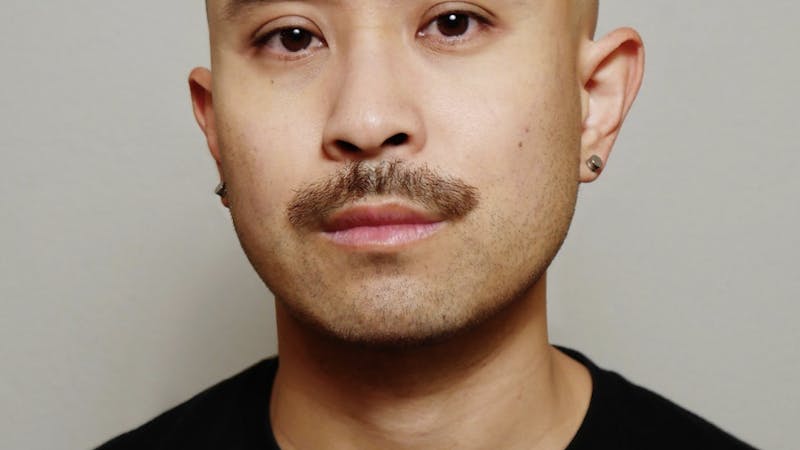Rice to have top computing power in world
While many companies are aiming to shrink their technology, the opposite is happening at Rice, which will soon be receiving its third supercomputer from IBM.
The Blue Gene supercomputer will be the first of its kind in Texas and will be located in Rice's off-campus data center.
IBM envisioned building a unique supercomputing resource three years ago for research in the life sciences, and with the Blue Gene computer, Rice will have more supercomputing breadth and depth than any other university in the world, Richard Talbot (Lovett '79), Director of Product Line Management at IBM Power Systems, said.
Talbot said the Blue Gene supercomputer has the capacity to decompose human DNA structure, help researchers understand what causes complex disease processes, and enable more personalized and effective treatment plans for certain conditions.
The Blue Gene systems, first introduced in 2004, have been used for computational studies in radio astronomy, protein folding, climate research, cosmology and drug development, Talbot said.
"I believe these new computational methods will enable some of the next major breakthroughs in enhanced treatments options and cures for these complex disease processes," Talbot said.
The Blue Gene platform is an example of a step toward personalized medicine in the future, Talbot noted.
"You don't have to look very far to find people who have been devastated by these complex disease processes," Talbot said. "We hope this partnership someday enables at least one doctor to keep one family from experiencing a similar tragedy."
The first of Rice's IBM supercomputers, BlueBioU, was donated in 2010 on the condition that it would be provided for use to the Texas Medical Center free of charge, according to Talbot.
Using research grant funding, Rice was able to triple the processing power capacity of BlueBioU. The second supercomputer was purchased by Rice with a grant.
Rice University will also be collaborating with the University of Sao Paulo in Brazil in the administration and use of the Blue Gene supercomputer.
"I trust our faculty and students and their collaborators in the U.S. and Brazil will advance fundamental and applied science and engineering with this very powerful computer, ranging from protein folding to geophysical imaging," Provost George McLendon said.
Talbot said IBM chose to collaborate with Rice rather than any specific institution in the Texas Medical Center because the Rice campus serves as a neutral group where faculty members and researchers from different hospitals can come together for various collaborations.
In addition, Talbot said Rice meets characteristics valued by the IBM Smarter Planet strategy in that Rice is becoming a major, well-known player in healthcare, has an interest in being more global, and is making an effort to research more efficient methods of finding and producing gas- and oil-related products. Rice is also near the Texas Medical Center, which Talbot describes as beneficial in enabling collaborative research.
Rice agreed to the partnership because of its long-standing collaborations with IBM, according to McLendon. Rice is the only university that has installed all three IBM supercomputer platforms.
Talbot expressed enthusiasm and high hopes for collaboration with Rice.
"We're excited to be working with Rice. Inside IBM, this collaboration is considered the gold standard for industry-academic partnerships," Talbot said.
More from The Rice Thresher

Andrew Thomas Huang puts visuals and identity to song
Houston is welcoming the Grammy-nominated figure behind the music videos of Björk and FKA twigs on June 27.

Live it up this summer with these Houston shows
Staying in Houston this summer and wondering how to make the most of your time? Fortunately, you're in luck, there's no shortage of amazing shows and performances happening around the city. From live music to ballet and everything in between, here are some events coming up this month and next!

Review: 'Adults' couldn’t have matured better
Sitcoms are back, and they’re actually funny. FX’s “Adults” is an original comedy following a friend group navigating New York and what it means to be an “actual adult.” From ever-mounting medical bills to chaotic dinner parties, the group attempts to tackle this new stage of life together, only to be met with varying levels of success.

Please note All comments are eligible for publication by The Rice Thresher.